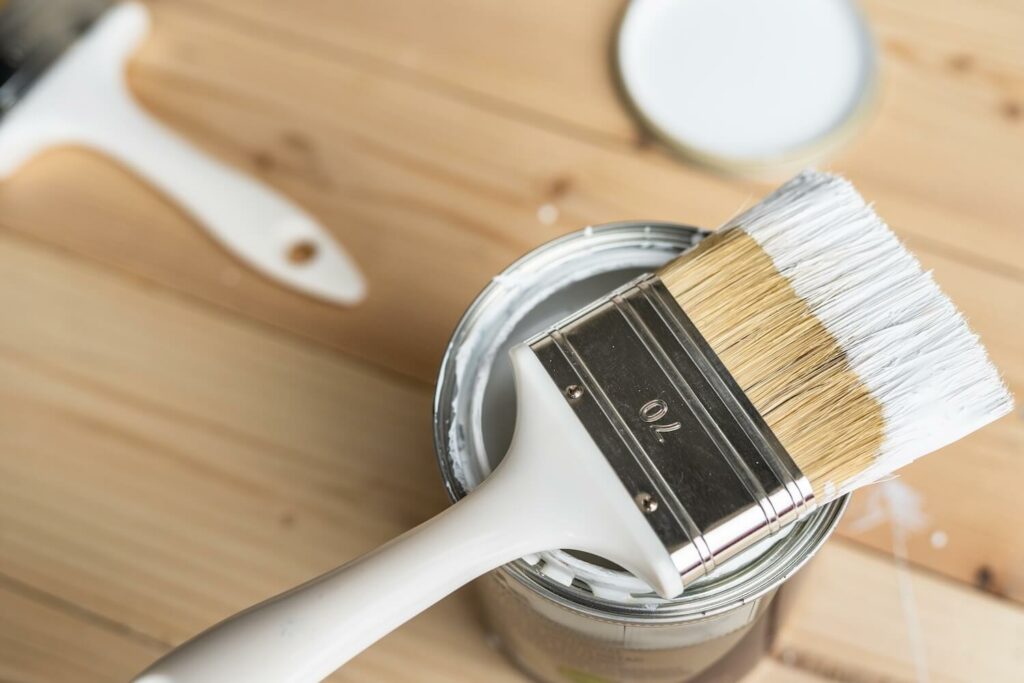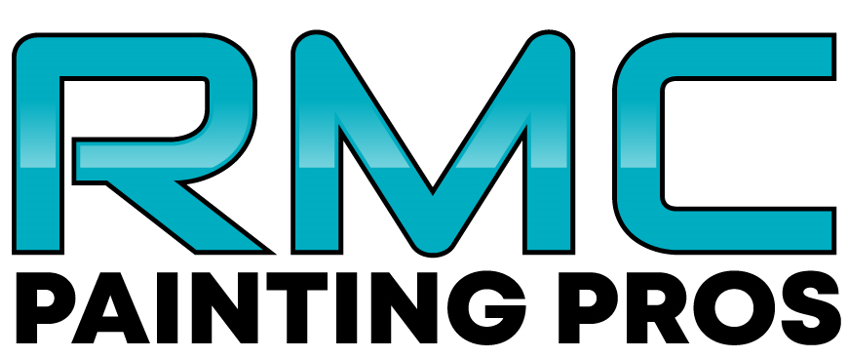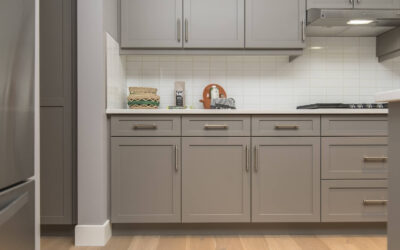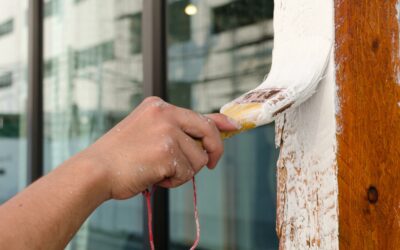
If your home requires some TLC, painting it is undoubtedly one of the most effective and affordable solutions. However, choosing a color you love isn’t the only key issue to consider. More importantly, you need to appreciate the difference between interior and exterior paint.
When hiring professional home painting services, it’s vital that you choose an expert that understands the difference between paint solutions. Even when you do, understanding interior and exterior paint will help you make the right choice for every part of the property. Here’s all you need to know.
The four basics of both interior and exterior paint
All paint used for interior or exterior paint jobs are composed of four key elements. They are;
- Solvents combine the other paint ingredients, allowing it to be painted onto walls as a liquid that will subsequently dry. The solvent is usually water, although mineral spirits are used in oil paints.
- Pigments give the paint its color. Whether synthetic pigments or plant-based pigments, they are integral to the overall look of the paint.
- Resins are needed to keep the ground pigment materials in place while also adhering the paint to the wall surfaces.
- Additives that are used to create the final matte, satin, or high-gloss finish. The additives can include a wide range of chemicals.
All paints have unique elements due to contrasts between brands and color choices. But while they may be formulated differently, the four features above will be present.
So, what is the main difference between interior and exterior paint?
The primary difference between interior and exterior paint relates to the resins that are used and how they reflect the contrasting purposes of those two distinct paint classifications.
Ultimately, the paint contrasts are as follows;
- Exterior paint must be designed to handle weather exposure, which could cause temperature changes and moisture.
- Interior paint must be designed with cosmetic issues like scuffing in mind, as well as potential maintenance.
Therefore, the resins found in exterior paint are more flexible than rigid interior paints. As a result, exterior paints emit more VOCs into the environment and will cause a lot of outgassing following the installation. This means that exterior paint is not safe for interior use.
Conversely, interior paint does not include the necessary additives to prevent mildew and or help the paint adhere to rough surfaces, making it impractical for external use. Due to the contrasting properties, interior paint is available in a far greater range of colors.
Is there any other difference between paint choices I should know?
While the choice between interior and exterior paint is a good starting point, you should also consider the different types of paint within those two main categories. You will need to think about the different attributes of acrylic, latex, and oil-based paint in relation to the material of your walls. Likewise, your desired visual results will influence your decision.
Here at RMC Painting Pros, we can provide comprehensive home painting services for interior and exterior paint jobs alike. We’ll have your home looking brand new in no time. To find out more, get in touch today.
Read Other Blog Posts
DIY vs. Professional: When to Hire an Exterior Painting Contractor
When you envision improving...
Transform Your Kitchen: How Cabinet Painting Can Make a Big Impact
A kitchen is often the heart...
Repair, Restore, Repaint: The Power of Professional Dry Rot Solutions and Services
Dry rot is often viewed with...
Quality Contractor Counts: Why Investing in Professional Interior Painting Pays Off
When it comes to home...
How General Contractors & Painters Collaborate for a Stunning Renovation Project
Renovating a space is a...
The Ultimate Guide to Choosing the Right Paint Finish for Every Room
When it comes to painting your...






